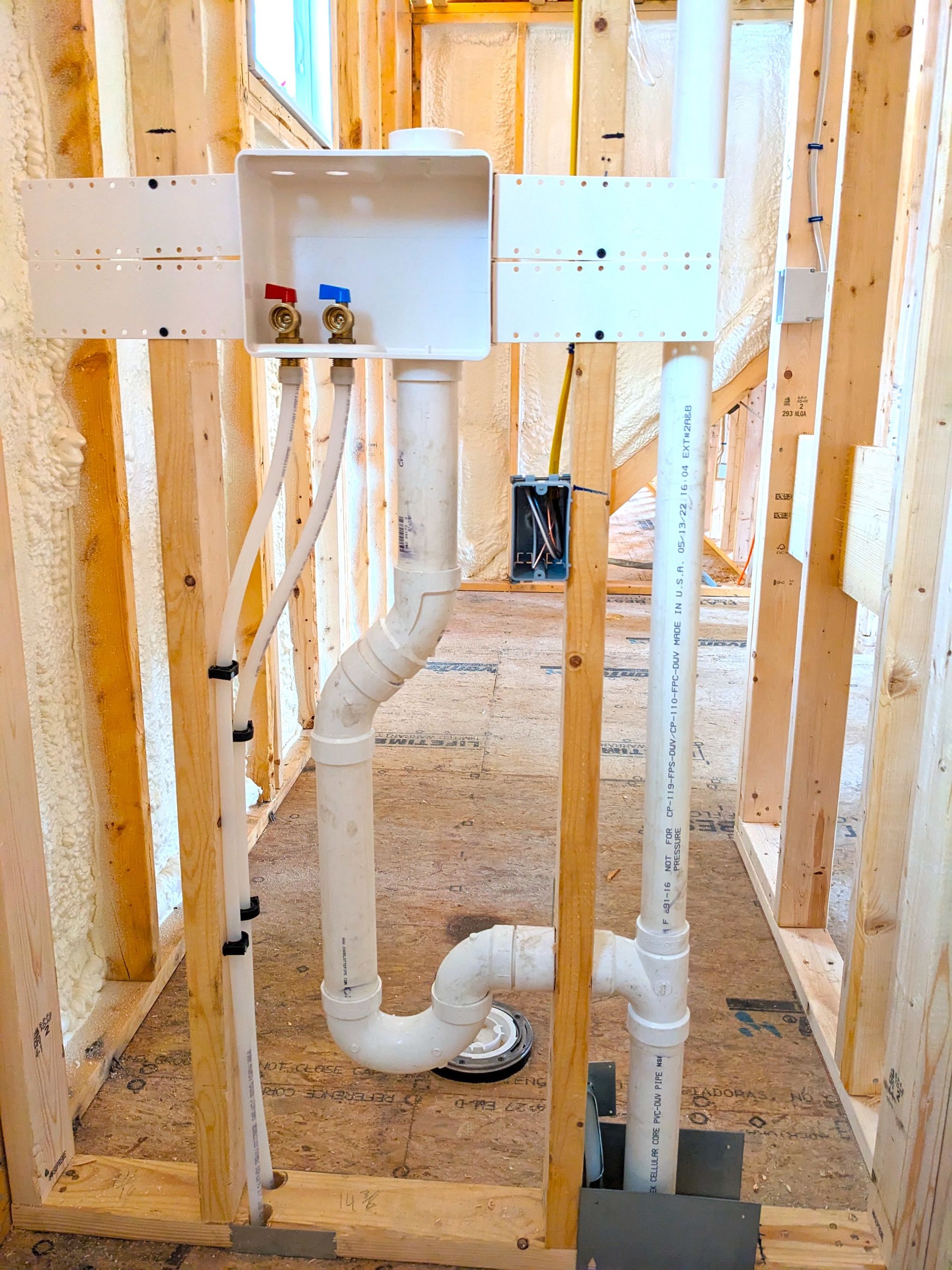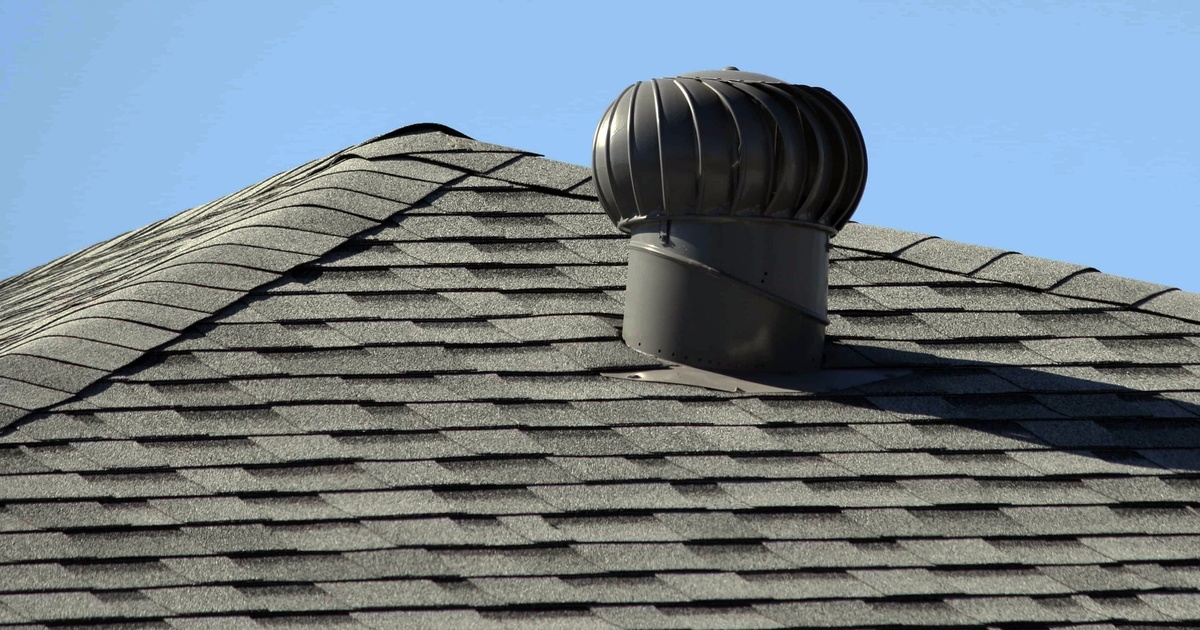How Correct Ventilation Supports Your Plumbing System
How Correct Ventilation Supports Your Plumbing System
Blog Article
Nearly everybody may have his or her own piece of advice in relation to Why Plumbing Air Vents Are Important.

Appropriate ventilation in pipes systems is often ignored, yet it is crucial for keeping the capability and safety and security of your home's pipes. Air flow aids regulate atmospheric pressure, avoid the accumulation of unsafe gases, and ensure the efficient elimination of waste. In this overview, we will certainly explore the importance of proper plumbing ventilation, how it functions, and the advantages it offers your plumbing system.
Recognizing Ventilation in Pipes
Air flow in pipes refers to the network of pipes that permit air to stream via the water drainage system. These vents offer multiple functions, consisting of managing atmospheric pressure within the pipes, preventing sewage system gases from getting in the home, and assisting in the smooth circulation of wastewater.
Just How Ventilation Works in Plumbing Systems
Air Pressure Guideline
Proper ventilation keeps well balanced atmospheric pressure within the pipes system. When water moves through pipelines, it displaces air. Without appropriate ventilation, this variation can develop unfavorable pressure, leading to reduce drains or siphoning of water from catches, which can trigger unpleasant smells to permeate right into the home.
Preventing Drain Gas Accumulation
One of the most important features of plumbing vents is to stop drain gases, such as methane and hydrogen sulfide, from accumulating within the home. These gases can position major health risks and are highly combustible. Vent pipes allow these gases to run away securely outside.
Aiding in Waste Removal
Air flow helps in the reliable elimination of wastewater by stopping airlocks in the water drainage system. When air can stream easily through the vents, it enables water and waste to flow efficiently with the pipes, lowering the risk of obstructions and backups.
Sorts Of Plumbing Vents
Key Heap Vent
The primary pile air vent, likewise called the air vent stack, is the primary air vent in a plumbing system. It extends from the primary drainpipe line up via the roof covering, enabling gases to run away and fresh air to enter the system.
Branch Vent
Branch vents connect to the main stack vent and serve private components, such as sinks, toilets, and showers. These vents make sure that each component has ample ventilation to function appropriately.
Air Admission Shutoff (AAV).
An Air Admittance Shutoff (AAV) is a one-way valve that permits air to go into the plumbing system without the need for a standard air vent pipe prolonging via the roofing system. AAVs are commonly utilized in improvements or locations where setting up a standard air vent is not practical.
Indicators of Poor Ventilation in Plumbing.
Slow Draining Fixtures.
If your sinks, bathtubs, or commodes are draining gradually, it could be a sign of inadequate air flow. Inadequate air flow can produce a vacuum effect, making it tough for water to drain pipes appropriately.
Gurgling Sounds.
Gurgling noises originating from drains are frequently a result of air being sucked through water catches due to negative pressure in the pipes. This is a clear sign of insufficient ventilation.
Unpleasant Smells.
Drain odors inside your home are a warning that your plumbing system is not effectively aerated. This could indicate that drain gases are not being effectively aired vent outside, bring about potentially dangerous problems.
Common Air Flow Blunders.
Poor Vent Sizing.
Utilizing undersized vent pipes can result in inadequate air flow and pressure imbalances in the system. It's necessary to make use of vents that satisfy the details requirements of your pipes system.
Improper Vent Placement.
Putting vents also much from the components they serve can reduce their effectiveness. Proper placement ensures that air can stream freely and successfully via the system.
Ignoring Code Requirements.
Building codes give specific guidelines for pipes air flow. Ignoring these codes can result in a system that falls short to operate correctly and might cause expensive repairs or health hazards.
Benefits of Proper Air Flow.
Improved System Effectiveness.
Properly aerated pipes systems operate extra efficiently, with less obstructions, faster draining, and much less stress on the pipelines. This performance expands the life-span of the pipes system.
Improved Air High Quality.
By avoiding sewer gases from entering your home, correct ventilation contributes to much better indoor air high quality, making your living environment healthier and much more comfy.
Preventing Water Damages.
Ample ventilation assists stop water from being siphoned out of traps, which can result in sewer gases getting in the home and creating water damage gradually.
Steps to Make Sure Proper Air Flow.
Consulting Pipes Codes.
Always get in touch with local plumbing codes when making or modifying your plumbing system. These codes offer the required standards for proper venting and ensure your system satisfies safety criteria.
Normal Examination and Upkeep.
Regular evaluations can assist recognize potential ventilation concerns before they come to be major troubles. Upkeep jobs, such as cleansing air vent pipes and checking for clogs, are necessary for keeping the system in good working order.
Specialist Installment.
For brand-new installments or significant adjustments, it's wise to employ an expert plumbing technician. They have the competence to make sure the ventilation system is properly developed and mounted according to code.
Final thought.
Correct air flow is an essential part of any pipes system, ensuring that it operates successfully and securely. By understanding the relevance of air flow, acknowledging the indications of poor air flow, and taking steps to keep your system, you can prevent expensive problems and shield your home's air high quality.
What is a Plumbing Vent and it's used for?All plumbing systems in residential and commercials construction have a plumbing vent. It doesn’t just vent unwanted odors from the drainage system to the outside; it actually serves an important purpose by supplying air to the system.
The plumbing drainage system is actually called a drainage, waste and vent (DWV) system. When water flows down the piping, an air supply (vent) is needed to allow the water to flow. Think of the vertical pipe as a drinking straw. If you plug the top end of a straw, liquid won’t drain from it.
The DWV system in your building consists of a series of pipes connected to each fixture; they extend above each fixture, and the system terminates at an open pipe that extends through the roof. This piping allows air into the system and prevents unbalanced pressures in the piping.
?The vent also prevents the system from drawing water out of a trap at the fixture with the characteristic “glug-glug-glug” as the drain gasps for air. Plumbing traps should drain smoothly and never “glug” or gasp for air.
If you have a drain that empties slowly or gurgles as it drains, this may indicate a venting problem. If you flush a toilet and the sink gurgles, there’s definitely a vent problem. It is good idea to have a Plumber check this.
https://www.ameliashomeinspection.com/blog/what-is-a-plumbing-vent-and-its-used-for

Do you really like reading up on What Is A Plumbing Vent & How Do They Work?? Make a comment further down. We would be happy to find out your responses about this write-up. We are looking forward that you come back again in the near future. So long as you enjoyed reading our blog post if you please be sure to share it. Thanks a lot for your time. Revisit us soon.
Call Today Report this page